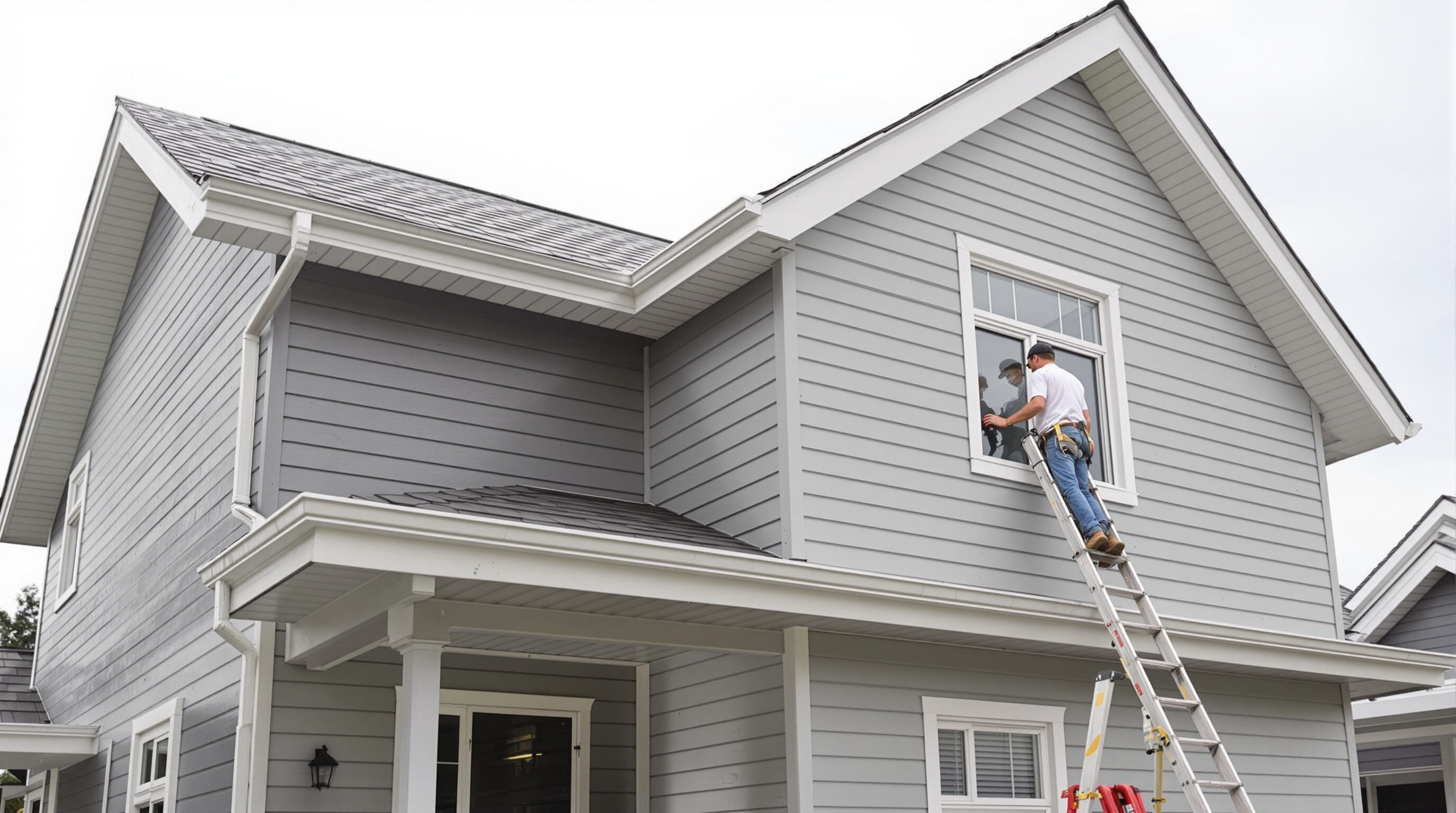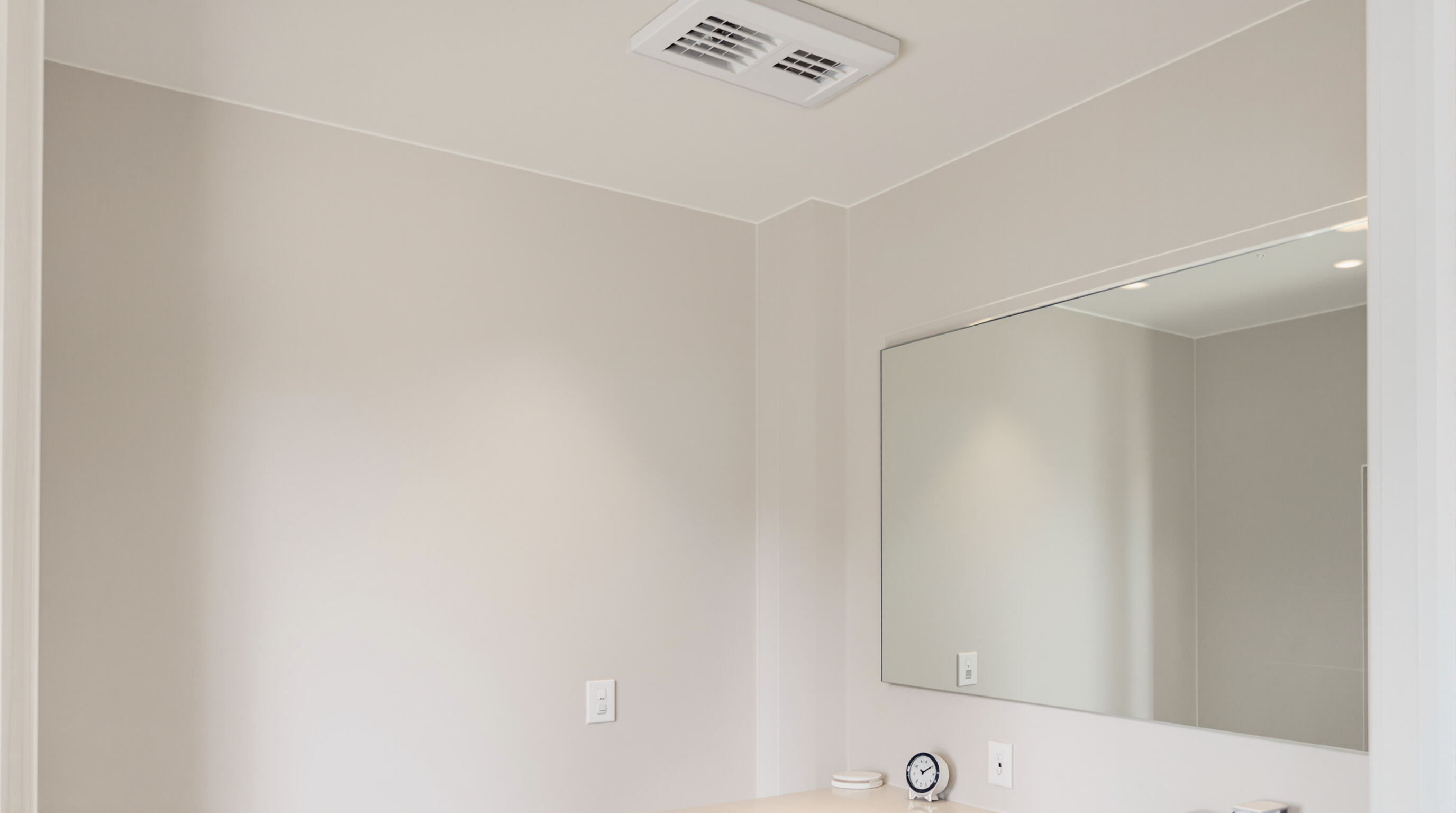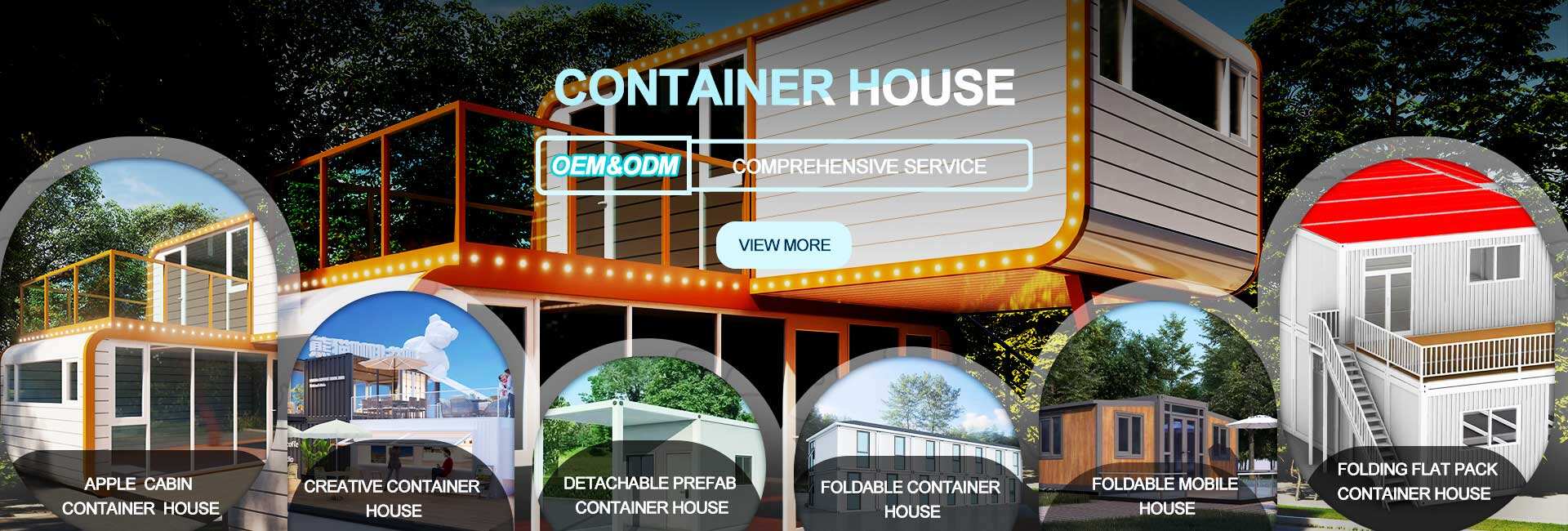Exterior Maintenance for Prefab Houses: Protecting Structural Integrity

Proper exterior maintenance safeguards prefab houses from environmental stressors while extending their lifespan. By prioritizing key structural components, homeowners can prevent costly repairs and maintain energy efficiency.
Roof Maintenance and Gutter Cleaning to Prevent Water Damage
Inspect roofing materials bi-annually for cracked shingles or corrosion, especially after severe weather. Clean gutters every 3–4 months to prevent water overflow, which causes 38% of foundation moisture issues in modular homes (National Housing Institute 2023). Install gutter guards to reduce debris buildup and ice dams in colder climates.
Exterior Surface Protection and Sealant Application for Weather Resistance
Apply high-quality elastomeric sealants to wall joints and siding edges every 3–5 years. Pressure-wash surfaces annually to remove dirt that promotes mold, then reapply UV-resistant coatings. Focus on areas with visible wear: unsealed window frames account for 17% of heat loss in prefab structures.
Foundation Inspection and Skirting Maintenance to Deter Pests and Moisture
Check foundation vents quarterly for rodent entry points and replace damaged mesh screens immediately. Keep skirting 6–8 inches above soil to prevent wood rot. In humid regions, use moisture-resistant materials like PVC panels—properly sealed foundations experience 42% fewer pest infestations.
Landscaping and Moisture Control Around the Home to Prevent Foundation Issues
Grade soil to slope ½ inch per foot away from walls to encourage natural drainage. Install 18–24 inch-wide gravel barriers around the perimeter to reduce splashback erosion. Trim shrubs to maintain 12 inches of clearance from siding, as overgrown vegetation traps moisture and accelerates material decay.
Mechanical Systems Maintenance for Prefab Houses: Ensuring Efficiency and Reliability
HVAC system servicing and filter replacement for optimal air quality
Annual professional HVAC servicing improves system performance by 15–25% (DOE 2022), while monthly filter replacement reduces airborne particulates by 60–90%. Prioritize ductwork inspections to identify airflow restrictions common in the compact mechanical spaces of factory-built homes. During peak allergy seasons, upgrade to MERV 13 filters for better allergen capture without straining the system.
Plumbing system checks and leak prevention to avoid costly damage
It's a good idea to get plumbing systems checked out at least two times a year, particularly following those wild temperature swings that put pressure on PVC joints. According to the Environmental Protection Agency, around one trillion gallons of water gets lost every year across the country because of simple household leaks. Putting in some smart water detectors close to hot water tanks and beneath sink areas can catch problems before they become disasters. For folks living where winters really bite, wrapping pipes inside outside walls with closed cell foam insulation helps stop them from bursting when frozen. These kinds of freezes account for nearly 37 percent of all insurance claims made for modular homes according to data from the National Association of Home Builders back in 2023.
Water heater inspection and efficiency tuning
Over time, sediment tends to accumulate inside water heaters, cutting their efficiency down by around 30% after just five years according to NREL studies. To keep things running smoothly, homeowners should make it a habit to flush out the tank once per year while also checking those pressure relief valves for signs of corrosion. Properties that have been standing for over eight years might want to think about making the switch to tankless systems instead. These newer models boast improved energy efficiency ratings between 24% and 34%, as noted by ENERGY STAR in 2023. Plus there's an added bonus of freeing up valuable real estate in tight mechanical spaces, typically saving anywhere from 8 to 14 square feet depending on installation specifics.
Moisture and Mold Prevention in Prefab Homes: Ventilation and Indoor Air Quality

Interior Care: Cleaning and Monitoring High-Humidity Areas
Keeping humidity levels down in those high risk spots like bathrooms, kitchens, and laundry rooms really matters when it comes to stopping mold from taking hold in prefabricated homes. The Environmental Protection Agency recommends keeping things under 60% humidity, so grabbing a hygrometer now and then to check these trouble areas makes sense. Surfaces that tend to collect condensation should get wiped regularly, while tile grout and those silicone seals around fixtures need cleaning every three months or so to stop mold from getting started. A recent look at structural issues in 2024 found something interesting too: homes where people actually paid attention to moisture levels saw about 40 percent fewer problems needing repair after just five years.
Ventilation Strategies to Reduce Condensation and Mold Growth
Getting the right balance of airflow helps keep moisture from collecting where it doesn't belong. Energy recovery ventilators, or ERVs as they're called, can handle about 20 to 30 air exchanges each hour in those high humidity areas like kitchens and bathrooms. These numbers actually match what's now required by the latest building codes from 2023. Want something simpler? Just crack open a window for around 15 to 30 minutes every day. Studies show this simple trick cuts down on sudden humidity jumps inside homes by nearly half. And if dealing with damp issues in basements or really tight spaces, look into getting a ducted dehumidifier with smart sensors. They'll suck out the extra moisture without making things too cold, which is a real plus during those humid summer months.
Air Leak Detection and Sealing to Maintain Indoor Air Quality
Windows, pipes, and outlets account for about 28% of all moisture problems in prefabricated buildings according to the latest thermal performance data from 2024. Finding those pesky gaps isn't hard if we know where to look. Smoke tests work great during certain seasons while thermal imaging helps spot hidden issues year round. For fixing things up, small cracks respond well to regular silicone caulk but bigger holes need expanding foam specifically designed for modular builds. And let's not forget about vapor barriers either. When installed correctly in both walls and crawl spaces, they can cut down on humidity swings by roughly 34%. This stability makes it much harder for mold to take hold in the first place.
Seasonal Maintenance Checklist for Prefab Houses: Year-Round Preparedness
Spring tasks: clearing debris, checking for winter damage, and ventilation assessment
Spring is the time to get rid of all that junk clogging up roofs, gutters, and around the base of houses so water doesn't just sit there and cause problems. Take a good look at the exterior walls too because those little cracks that form when ice freezes and thaws can really add up. We're talking about gaps as small as 1/8 inch letting in something like three whole gallons of rainwater during a big storm. And don't forget about the attic vents either. Most homes need about one square foot of ventilation for every 150 square feet of living space inside. Getting this right helps keep damp air from building up which leads to mold and other headaches down the road.
Summer upkeep: inspecting seals, shading solutions, and HVAC performance
Try the dollar bill trick for checking window and door seals. Just slide a folded dollar between the frame and glass – if it moves easily, time to apply some silicone caulk. For summer savings, consider adding those UV blocking films to windows or putting up some outdoor shades. Studies from last year's housing report show these can reduce air conditioning demand around 12 to 15 percent. Don't forget regular maintenance on heating systems too. Make sure technicians clean those coils properly and check whether air is flowing as intended. When airflow gets blocked, energy bills tend to jump up about 20% according to what most experts observe.
Fall preparations: gutter cleaning, insulation checks, and sealing air leaks
Clean gutters before peak leaf fall and install mesh guards to maintain drainage. Use thermal imaging to detect insulation gaps in walls and attics—a 7% improvement in continuity can save $150+ annually on heating. Seal utility line penetrations with expanding foam to eliminate drafts.
Winterizing your prefab home: pipe insulation and heating system servicing
Wrap exposed pipes with ½” foam insulation, focusing on north-facing walls where 73% of freeze-related bursts occur. Test carbon monoxide detectors and inspect heat exchangers for cracks during professional furnace servicing. Apply temporary window insulation kits to reduce heat loss through glass by 35–50%.
Preserving Long-Term Aesthetic and Structural Integrity of Prefab Houses
Regular Inspections for Wear and Tear on Joints and Connections
It makes sense to check those joints, bolts, and load bearing points every six months or so. Modular homes are built from these interlocking parts which can actually move around over time because of temperature changes or when the foundation settles. When looking around, keep an eye out for tiny cracks forming in metal brackets, rust developing at weld seams, or spaces appearing between wooden frames. According to research published by NAHB last year, nearly seven out of ten structural issues in prefabricated housing started right where these connections had been ignored. Catching problems early helps keep everything lined up properly and prevents bigger headaches down the road regarding overall structural integrity.
Exterior Upkeep: Windows, Doors, and Siding Maintenance
Maintain weatherproofing to preserve both appearance and performance. Reapply silicone sealant around windows every 3–5 years and replace worn door weatherstripping to stop drafts. For vinyl siding, annual pressure washing removes mold-prone debris; wood cladding needs staining every 4–7 years. Check skirting for pest entry, particularly around utility penetrations.
Energy Efficiency and Insulation Performance Over Time
Prefab homes tend to lose around 12 to 15 percent of their thermal efficiency over about a decade as the insulation settles down and those seals start breaking down. A good idea is running an infrared scan roughly every three years to spot where heat might be escaping through tricky spots like where the roof meets walls or along floor areas. For better results, consider boosting attic insulation up to at least R-38 using blown cellulose material, plus installing storm windows helps cut down on unwanted heat movement too. Taking these measures could slash heating and cooling bills somewhere between 18 and 22 percent each year while also stopping potential moisture problems from developing inside wall spaces that lead to rot issues later on.
FAQ
How often should I inspect my prefab house's roof?
It's recommended to inspect the roof bi-annually, especially after severe weather conditions, to identify and repair any damage.
What is the importance of sealing exterior surfaces?
Sealing exterior surfaces with high-quality elastomeric sealants helps in maintaining weather resistance and reduces heat loss through unsealed window frames.
How can I prevent mold growth in my prefab home?
Maintaining proper humidity levels below 60% using hygrometers, ensuring adequate ventilation, and regular cleaning of high-humidity areas can prevent mold growth.
What are some seasonal maintenance tasks for prefab houses?
Seasonal tasks include cleaning gutters, inspecting seals, checking insulation for gaps, and winterizing by insulating pipes and servicing the heating systems.
Why is regular inspection of joints and connections crucial in prefab homes?
Regular inspection helps in identifying wear and tear on joints and connections, which are critical in maintaining the structural integrity of modular homes.
Table of Contents
- Exterior Maintenance for Prefab Houses: Protecting Structural Integrity
- Mechanical Systems Maintenance for Prefab Houses: Ensuring Efficiency and Reliability
- Moisture and Mold Prevention in Prefab Homes: Ventilation and Indoor Air Quality
-
Seasonal Maintenance Checklist for Prefab Houses: Year-Round Preparedness
- Spring tasks: clearing debris, checking for winter damage, and ventilation assessment
- Summer upkeep: inspecting seals, shading solutions, and HVAC performance
- Fall preparations: gutter cleaning, insulation checks, and sealing air leaks
- Winterizing your prefab home: pipe insulation and heating system servicing
- Preserving Long-Term Aesthetic and Structural Integrity of Prefab Houses
- FAQ

